Your aircraft’s electrical system requires some form of electrical overload protection. This is usually addressed by utilizing a number of circuit breakers or fuses. Each group of related electrical devices in your aircraft (lights, radios, avionics, etc.) will include its own fuse or circuit breaker. These have the purpose of protecting those devices (by turning them off) if an overload or electrical short should arise. The concept of having separate groups of related electrical devices means that a shutdown of one group (because of an overload or short) will not affect the other electrical devices and leave them operating.
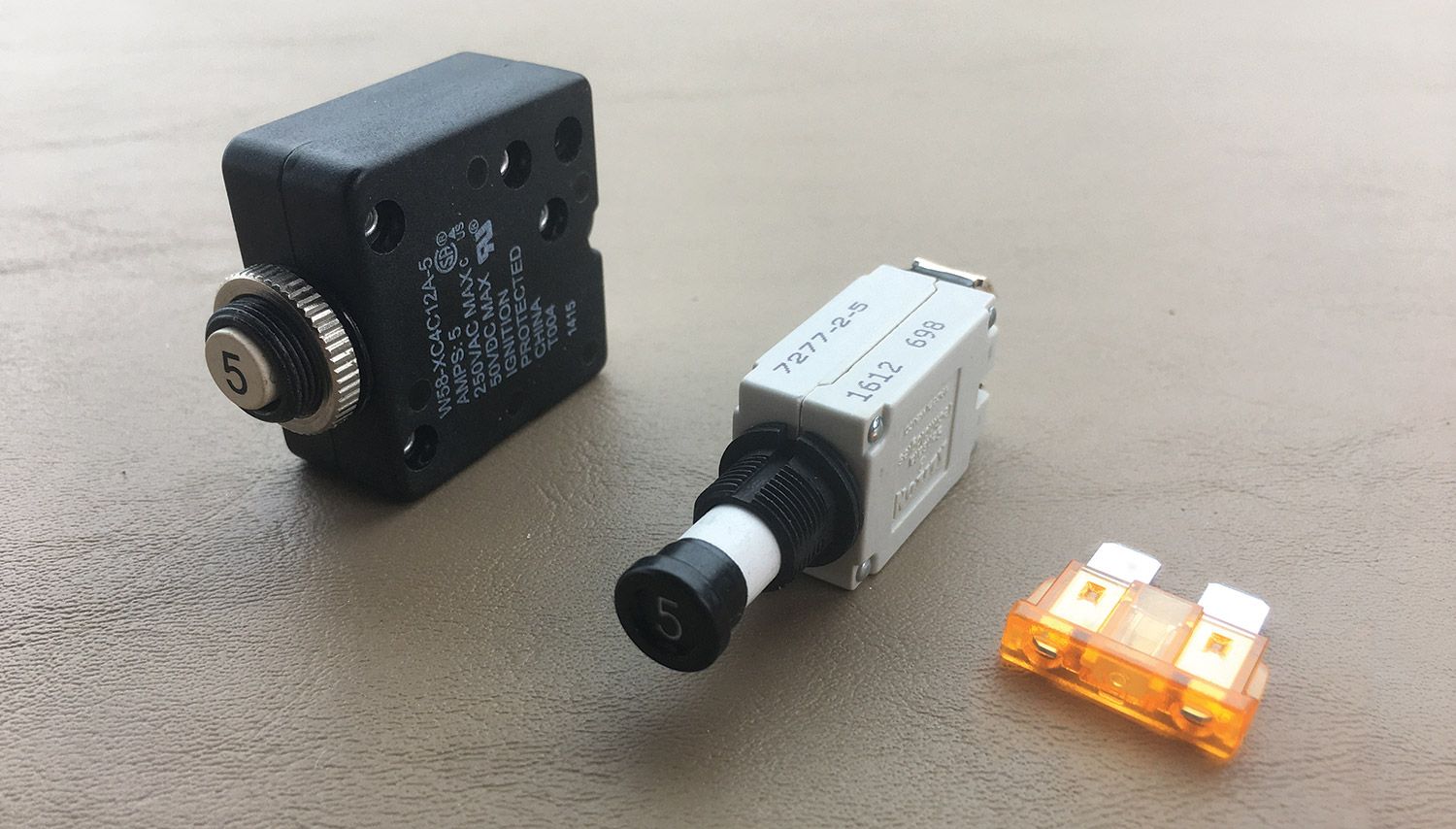
As a builder you can choose between using either fuses or circuit breakers in your homebuilt. Both perform essentially the same function—but in a slightly different manner. Fuses need to be replaced when they “blow” while circuit breakers are resettable with the push of a button. Circuit breakers are available in one of two styles: those that can be manually “tripped” or turned off and those that do not have that capability. Prior to selecting a circuit breaker, you need to decide which of these styles you prefer.
A fuse can be pulled out of its socket at any time, which will result in that circuit becoming electrically “dead.” For maintenance or testing purposes, disabling a specific circuit provides a very useful function: It allows the rest of the aircraft’s devices to remain alive and functioning. For example, if you were troubleshooting the source of electrical noise in a com radio, it would be quick and easy to disable one circuit at a time (not while flying!) until the noise disappeared.
Also, in the case of an elaborate electrical system with no schematic diagram available, determining which devices belong to each circuit now becomes easy. Pulling a single fuse will quickly identify those devices that are inoperable. Builders often do not create good electrical diagrams for their aircraft. Down the road, troubleshooting an electrical problem without a diagram is made so much easier with the ability to pull a fuse and disable a single circuit.
The advantages mentioned for fuses also apply to circuit breakers that can be manually tripped. On the other hand, if you choose a breaker that cannot be manually tripped, you lose the ability to kill and isolate individual circuits. Imagine the “oh no” reaction when someday you desire to manually kill a circuit and realize your breakers don’t allow this function! A little thought in advance can make quite a difference in the future. I have yet to find a good reason to not always use breakers that can be manually tripped—except for cost, of course. This would be similar to having fuses that cannot be removed once they are inserted.
Both types of circuit breakers are readily available from your favorite aviation electrical supplier. Avoid those that show the words “cannot be manually tripped” in the description. Be sure to choose the variety that can be manually tripped and retain the control to switch off the power on each of your circuits individually. Someday you will be glad you have that functionality when upgrading, troubleshooting or modifying your homebuilt’s electrical system.







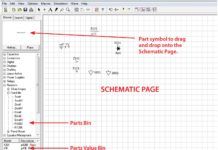
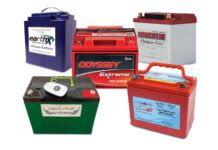
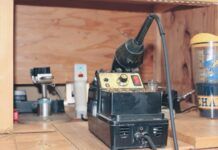
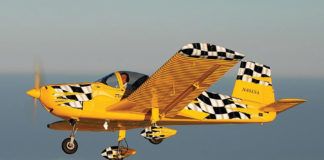

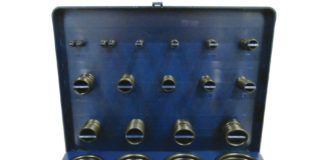

Why leave out switched breakers in this discussion? Aren’t they the most common form of breakers in homebuilts?
Yep, I was hoping those would be covered as well cause I want to replace the old AGa tube fuses where you have to remove to check or replace.
Perhaps because the common ones are known to fail on a regular basis. I now have had two Tyco W31-X2M1G- fail.
Although thery are expensive, they are handy because of one less wire and two less connections (from switch to fuse/breaker) and thus would be handy for non-critical items.
Take a look at E-T-A CBE-1620 series of mini-fuse circuit breakers. They can be used to replace common mini fuses and are available in four versions: Auto reset after power is removed for 15 sec., modified auto reset after power is restored for 35 sec., push button reset and disconnect-reset button. Rated for 10 g and 50 g shock. Available in 5 to 30A sizes. Find it at mouser.com and digikey.com
My understanding is fuses/cb’s protect the wiring, not the appliance. The sizing of fuses/cb’s is determined by the size of the wire, or a smaller load fuse/cb can always be substituted.
Ditto on Gordon T.’s comment, absolutely correct !!! Breakers are ONLY to protect the appropriate wire size attached, not the device that’s being powered, an oft commonly held misconception.
“My understanding is fuses/cb’s protect the wiring, not the appliance. The sizing of fuses/cb’s is determined by the size of the wire, or a smaller load fuse/cb can always be substituted.”
soft breakers are also becoming popular with glass panels and such. can we address those too?
Yes, don’t forget Electronic Circuit Breakers like the ones from Vertical Power.